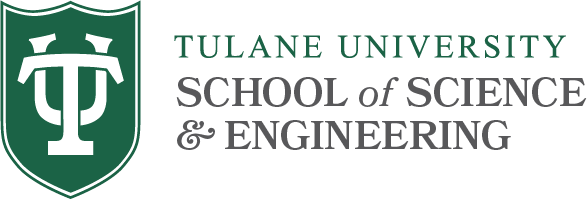Bringing ultra-large-scale software repository mining to the masses with Boa
By: Robert Dyer
Abstract
Mining software repositories provides developers and researchers a chance to learn from previous development activities and apply that knowledge to the future. Ultra-large-scale open source repositories (e.g., SourceForge with 350,000+ projects, GitHub with 250,000+ projects, and Google Code with 250,000+ projects) provide an extremely large corpus to perform such mining tasks on. This large corpus allows researchers the opportunity to test new mining techniques and empirically validate new approaches on real-world data. However, the barrier to entry is often extremely high. Researchers interested in mining must know a large number of techniques, languages, tools, etc, each of which is often complex. Additionally, performing mining at the scale proposed above adds additional complexity and often is difficult to achieve. The Boa language and infrastructure was developed to solve these problems. We provide users a domain-specific language tailored for software repository mining and allow them to submit queries via our web-based interface. These queries are then automatically parallelized and executed on a cluster, analyzing a dataset containing almost 700,000 projects, history information from millions of revisions, millions of Java source files, and billions of AST nodes. The language also provides an easy to comprehend visitor syntax to ease writing source code mining queries. The underlying infrastructure contains several optimizations, including query optimizations to make single queries faster as well as a fusion optimization to group queries from multiple users into a single query. The latter optimization is important as Boa is intended to be a shared, community resource. Finally, we show the potential benefit of Boa to the community by reproducing a previously published case study and performing a new case study on the adoption of Java language features.
ACM Reference
Dyer, R. 2013. Bringing ultra-large-scale software repository mining to the masses with Boa. Iowa State University.
BibTeX Reference
@phdthesis{dyer2013bringing,
title = {Bringing ultra-large-scale software repository mining to the masses with Boa},
author = {Dyer, Robert},
year = {2013},
school = {Iowa State University},
abstract = {
Mining software repositories provides developers and researchers a chance to
learn from previous development activities and apply that knowledge to the
future. Ultra-large-scale open source repositories (e.g., SourceForge with
350,000+ projects, GitHub with 250,000+ projects, and Google Code with
250,000+ projects) provide an extremely large corpus to perform such mining
tasks on. This large corpus allows researchers the opportunity to test new
mining techniques and empirically validate new approaches on real-world data.
However, the barrier to entry is often extremely high. Researchers interested
in mining must know a large number of techniques, languages, tools, etc, each
of which is often complex. Additionally, performing mining at the scale
proposed above adds additional complexity and often is difficult to achieve.
The Boa language and infrastructure was developed to solve these problems. We
provide users a domain-specific language tailored for software repository
mining and allow them to submit queries via our web-based interface. These
queries are then automatically parallelized and executed on a cluster,
analyzing a dataset containing almost 700,000 projects, history information
from millions of revisions, millions of Java source files, and billions of AST
nodes. The language also provides an easy to comprehend visitor syntax to ease
writing source code mining queries. The underlying infrastructure contains
several optimizations, including query optimizations to make single queries
faster as well as a fusion optimization to group queries from multiple users
into a single query. The latter optimization is important as Boa is intended
to be a shared, community resource. Finally, we show the potential benefit of
Boa to the community by reproducing a previously published case study and
performing a new case study on the adoption of Java language features.
}
}
